Topology-Driven Form-Finding
TOPOLOGY-DRIVEN FORM-FINDING
Interactive computational modelling of bending-active and textile hybrid structures through active-topology based real time physics simulations, and its emerging design potentials
Seiichi Suzuki
Institute for Structural Design and Structural Design of the
University of Stuttgart
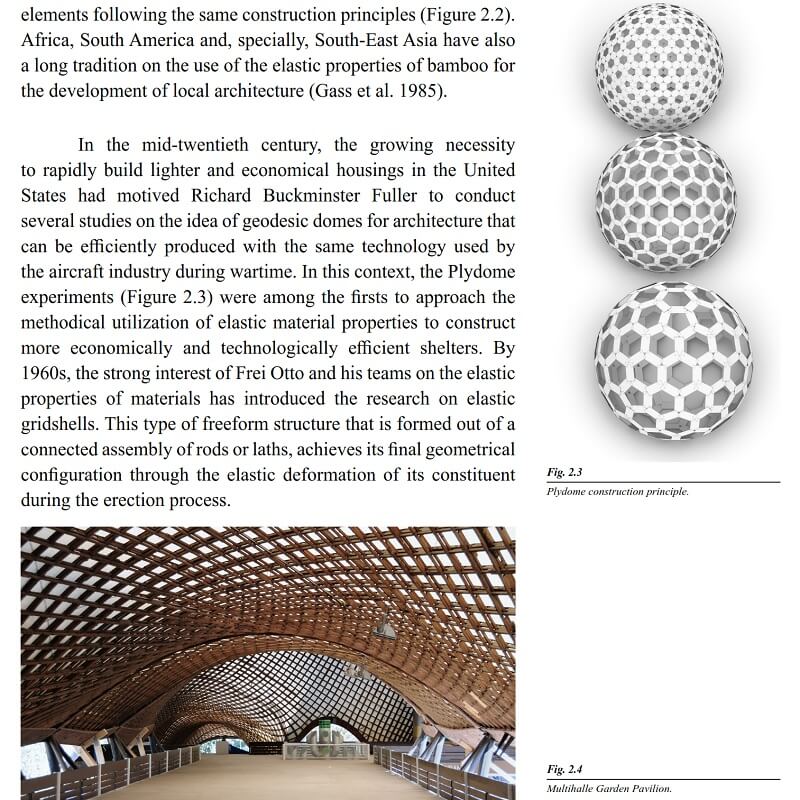
The inherent relation between aesthetic qualities and structural efficiency inherent on bending-active and textile hybrid structures is associated with a vast range of design opportunities for generating innovative architectural solutions. Exploring those opportunities is a non-trivial task demanding to expand outside current geometric modeling paradigms and develop an insightful and methodological simulation-based design practice.
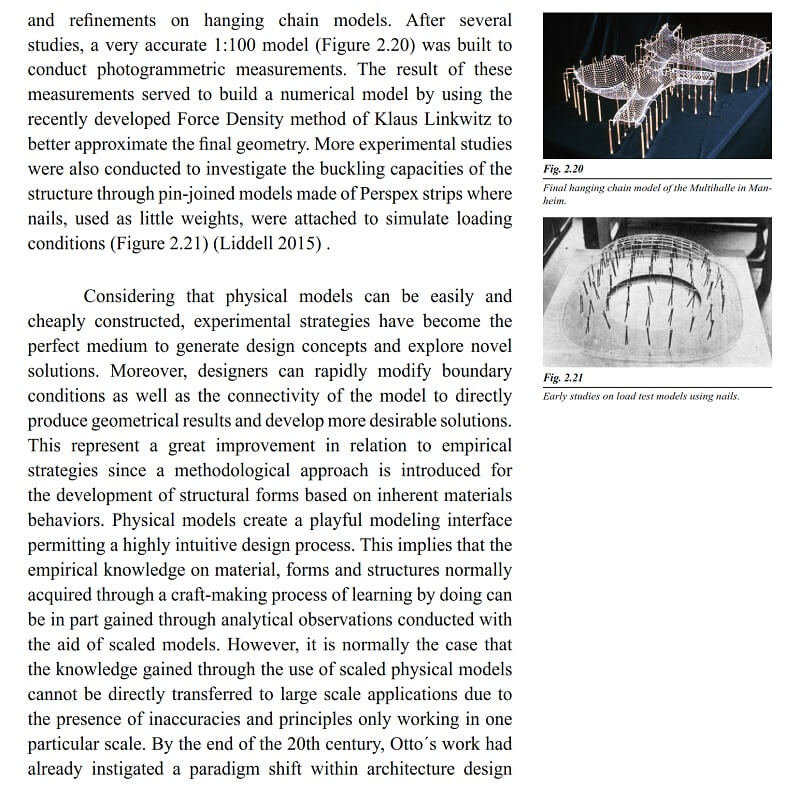
Considering that dynamic methods, such as Particle Systems (PS) and Dynamic Relaxation (DR), have become an important research trend with major advances only focused on speeding up numerical convergence, the main focus of this work by Seiichi Suzuki is to develop a comprehensive approach for enabling topologic transformations with real-time physics named topology-driven form-finding that, during conceptual stages, can serve to extend design spaces by improving modeling freedom.
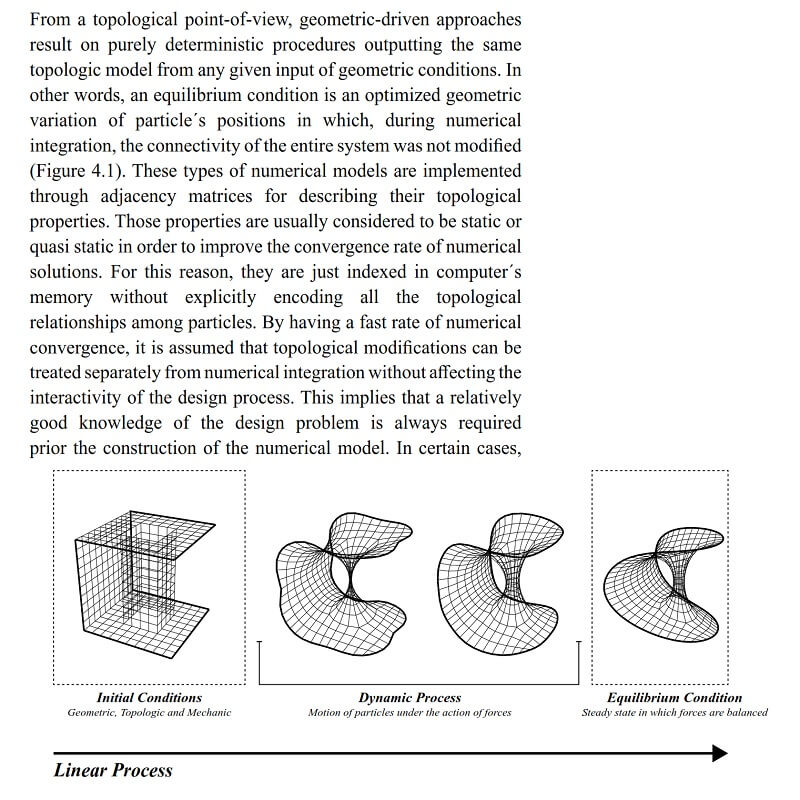
A general introduction to bending-active and textile hybrid structures is presented in chapter 2. The following chapter then serves to introduce basic principles of PS and DR methods with an overview of mechanical formulations and integration schemes used throughout this work.
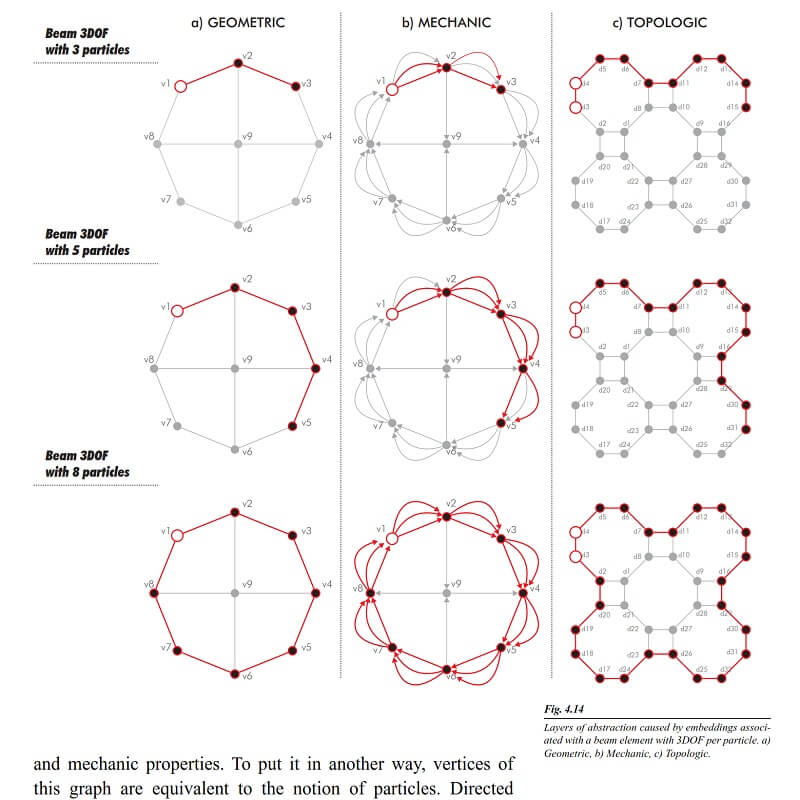
Chapter 4 introduces the theoretical framework regarding the development of a generic topologic model with geometric and mechanic embeddings for the implementation of PS models supporting topologic transformations on the fly.
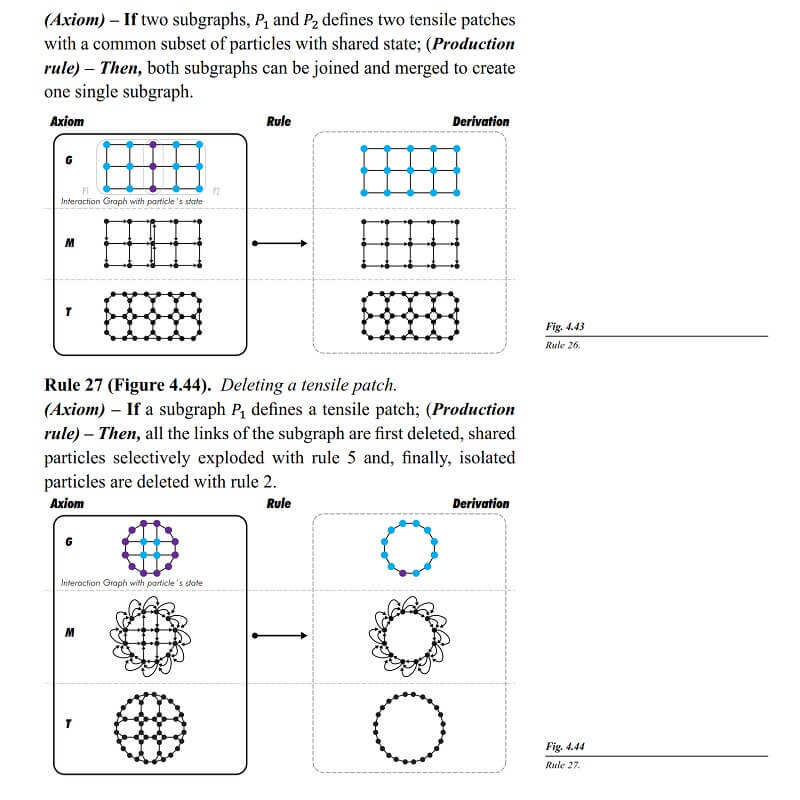
Chapter 5 proceeds with the presentation of implementations along with a description of design and modeling implications. Different case studies in which the conceptual design development has been conducted via topology-driven form-finding approaches are presented in chapter 6. Finally, this thesis concludes with a discussion of methods and models developed, and a number of recommendations for future research.
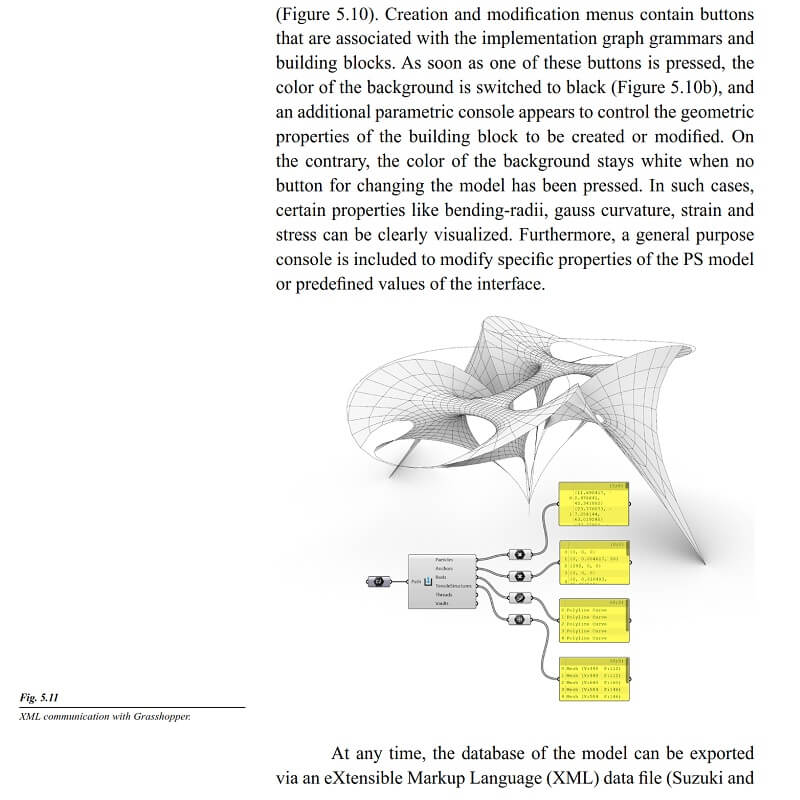
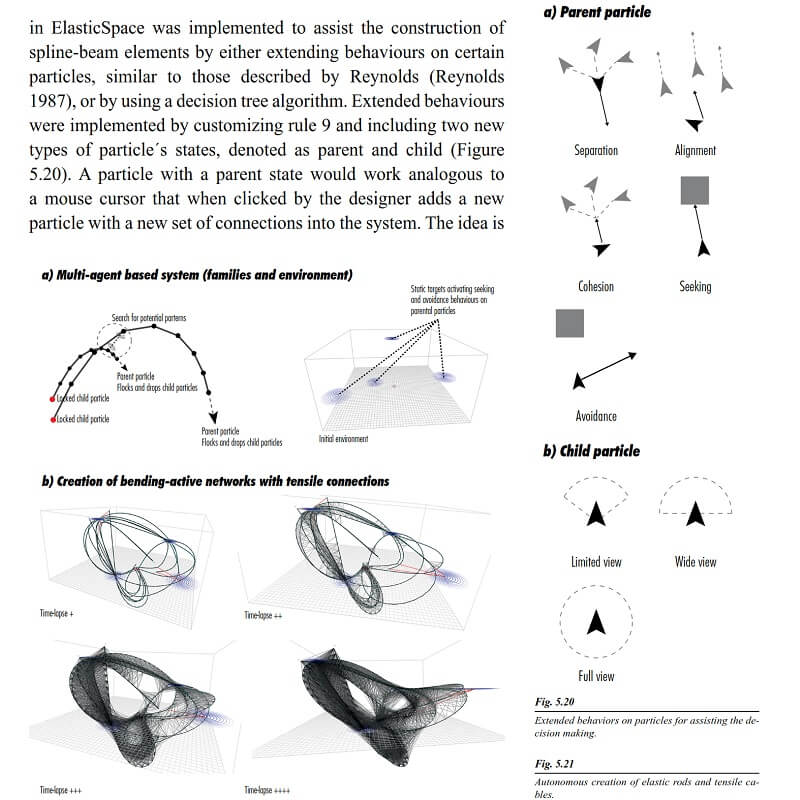
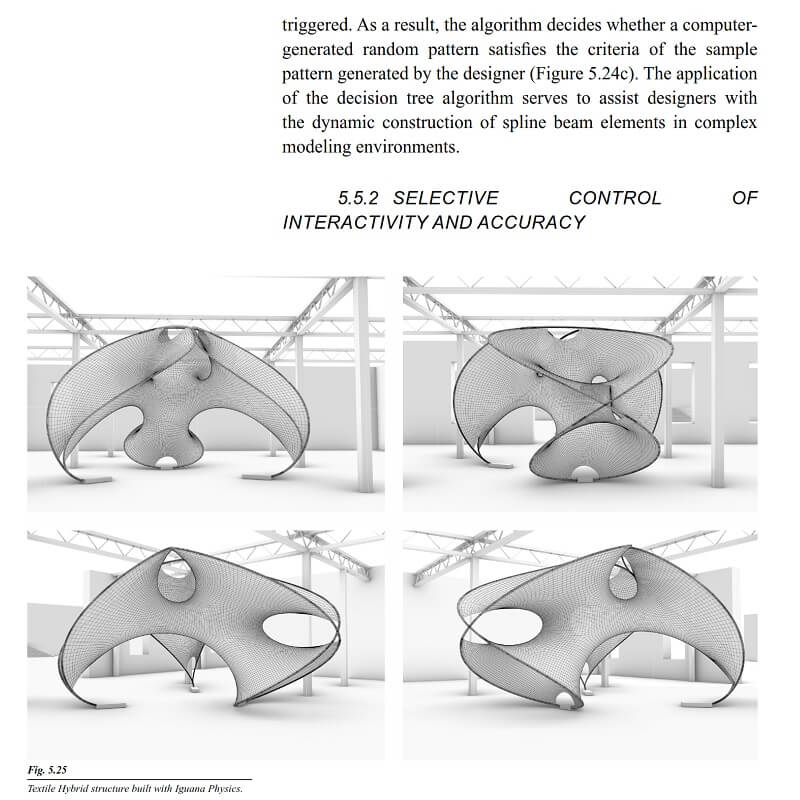
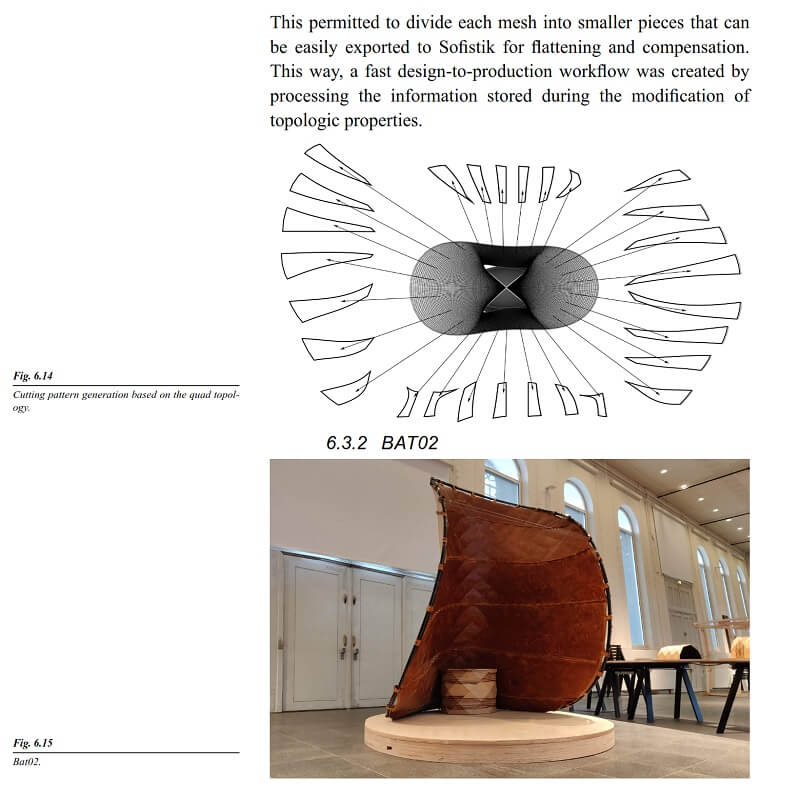
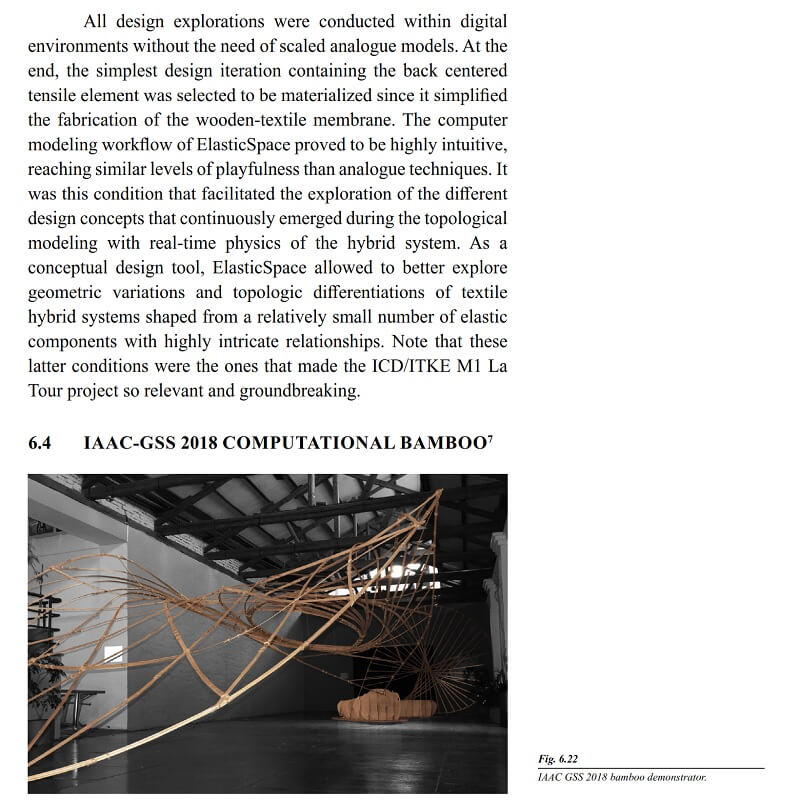




























Comments